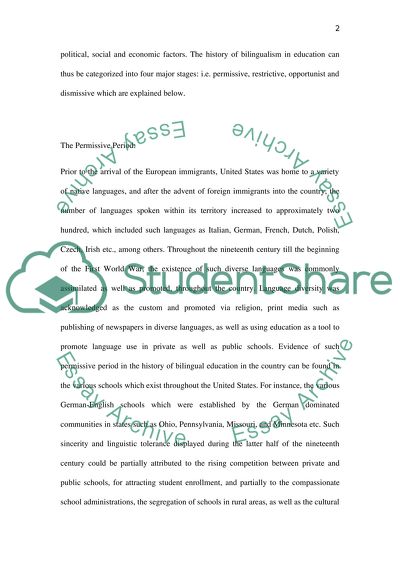Cite this document
(“Bilingual Versus Dual Curriculum Instruction Essay”, n.d.)
Bilingual Versus Dual Curriculum Instruction Essay. Retrieved from https://studentshare.org/education/1562844-bilingual-versus-dual-curriculum-instruction
Bilingual Versus Dual Curriculum Instruction Essay. Retrieved from https://studentshare.org/education/1562844-bilingual-versus-dual-curriculum-instruction
(Bilingual Versus Dual Curriculum Instruction Essay)
Bilingual Versus Dual Curriculum Instruction Essay. https://studentshare.org/education/1562844-bilingual-versus-dual-curriculum-instruction.
Bilingual Versus Dual Curriculum Instruction Essay. https://studentshare.org/education/1562844-bilingual-versus-dual-curriculum-instruction.
“Bilingual Versus Dual Curriculum Instruction Essay”, n.d. https://studentshare.org/education/1562844-bilingual-versus-dual-curriculum-instruction.


